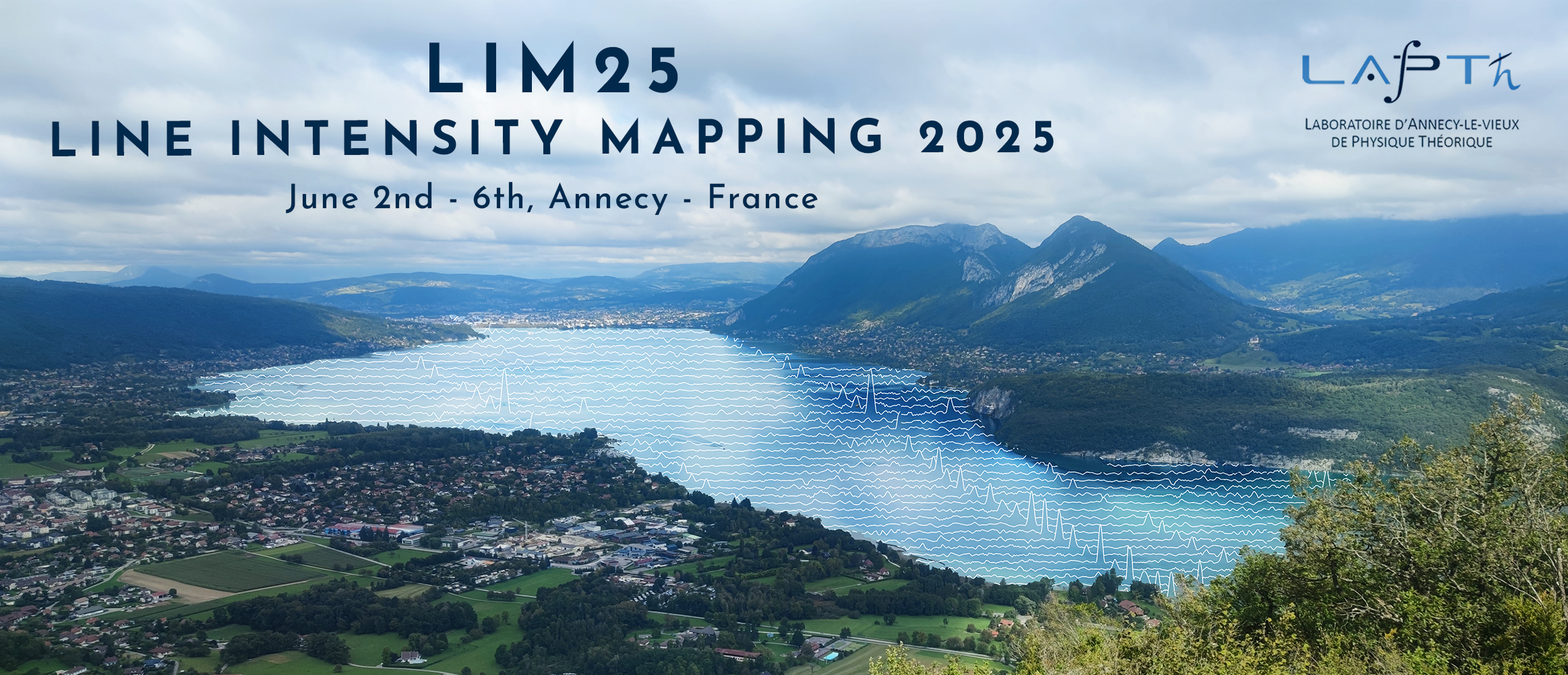Présidents de session
Contributed Talks 13: Multiline/Multiwavelength Analysis
- Adrian Liu (McGill University)
- Hannah Fronenberg (McGill University)
- Elizabeth Mc Bride (Institut d'Astrophysique Spatiale)
- Anirban Roy (New York University)
Intensity mapping experiments will soon have surveyed large swathes of the sky, providing information about the underlying matter distribution of our early Universe. The resulting maps can be used to recover statistical information, such as the power spectrum, about the measured spectral lines (for example, H i, [C ii], and [O iii]). However precise power spectrum measurements, such as the...
In a future where multiple spectral lines have been mapped over the same cosmological volume, one can imagine not only performing cross-correlations to extract joint information between lines, but also as a tool for checking self-consistency of results. This can be particularly important given uncertain radiative transfer properties of various spectral lines that are only now beginning to be...
Line intensity mapping (LIM) is an emerging observational technique for mapping the large-scale structure of the Universe across a broad redshift range. Multiple surveys targeting various spectral lines are now underway or soon to come online, aiming to make some of the first early statistical measurements. Despite this progress, foreground contamination remains a significant challenge for LIM...
Line intensity mapping (LIM) has emerged as a powerful tool in astrophysics, leveraging statistical analysis of integrated spectral line emissions originating from distant star-forming galaxies. This talk will review key methods for LIM data analysis, including power spectrum and voxel intensity distribution techniques, to constrain cosmological and astrophysical parameters. I will also...

